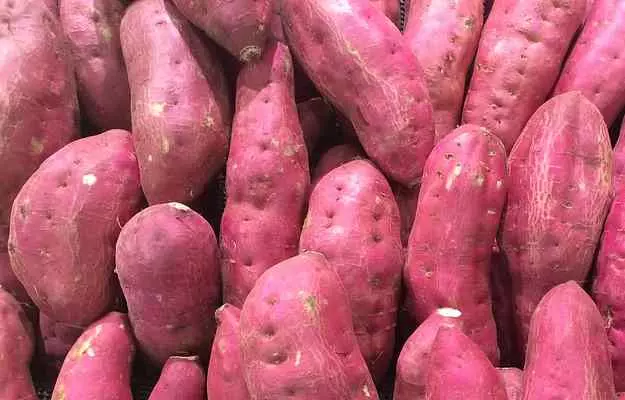Sweet potato is a staple food and a popularly used vegetable across the world. This root vegetable is used to make savoury as well as sweet dishes. In India, sweet potatoes are also sold as a popular street food in parts of North India and used extensively in cooking during the winter months. Sweet potatoes come in many colours, including orange, white and purple.
Like most vegetables, sweet potatoes are packed with carbohydrates, vitamins, minerals and antioxidants. Being so nutritionally packed makes sweet potatoes a healthy food that you should include in your regular diet. However, excessive consumption of sweet potatoes may also have adverse effects on your health. This is why it is important to consume sweet potatoes moderately and consult a nutritionist or doctor about how much to consume, how to cook and which variety to eat if you have any underlying health conditions, are on medications or are experiencing any side effects.
Did you know?
Many people assume that sweet potato is healthier than the regular white potato, but the fact is that these varieties of potatoes have very small nutritional differences. Sweet potatoes are a bit sweeter in taste and packed with more vitamin A, while white potatoes are savoury and have a higher concentration of potassium. Since both potato varieties consist of carbohydrates, it is recommended that you watch your intake of both as it can lead to weight gain.
Some basic facts about sweet potato:
- Botanical name: Ipomoea batatas
- Family: Convolvulaceae
- Common name: Sweet potato, shakarkandi, ranga aloo
- Sanskrit name: Mishtalukam
- Parts used: The entire root vegetable, including the skin
- Native region and geographical distribution: Sweet potato is produced in 117 countries of the world, with China being both the largest producer and consumer of this root vegetable. It is produced in almost all the states of India, with Odisha, Kerala, West Bengal and Uttar Pradesh being the lead producers.



























